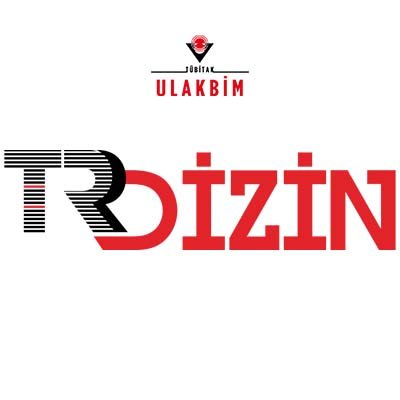The aim of this study is to examine the changes in ability level between educable mental disabled children and combining groups by rhythm education and dance study. Totally 35 children participated in this study (age mean; 9). The volunteer children were assigned to two training groups. The first is combined group (27 people) and the second group is educable mental disabled people (8 people). This study continued for one hour a day and one day a week during 12 weeks. 5 line likert scale was used in determined the changes the ability level of children. In this scale there are measures of “well done”, “few done”, ‘‘done”, “can’t do”, “not done”. Experiments were evaluated with these measurements by two observers. The data were evaluated by the program SPSS 15.0. Differences between pre-test and post-test values were analyzed by Wilcoxon Test and differences between experiments were analyzed by Mann Whitney-U test. There was no statistical difference in the ability level between combined group and mental disabled group (p>0.05). After that 12 weeks studying program, both of the groups’ pretest and post-test values were found statistically significant differences (p<0.05). As a result, it is observed that an expressive advance occurred in ability level of mental disabled person after that attending this kind of recreative activities. By participating this kind of activities, people are modeling others to improve their self-confidence, be more social, so it’s concluded that makes positive effect in their relations between peers with other mental disabled people.


.jpg)


.png)


